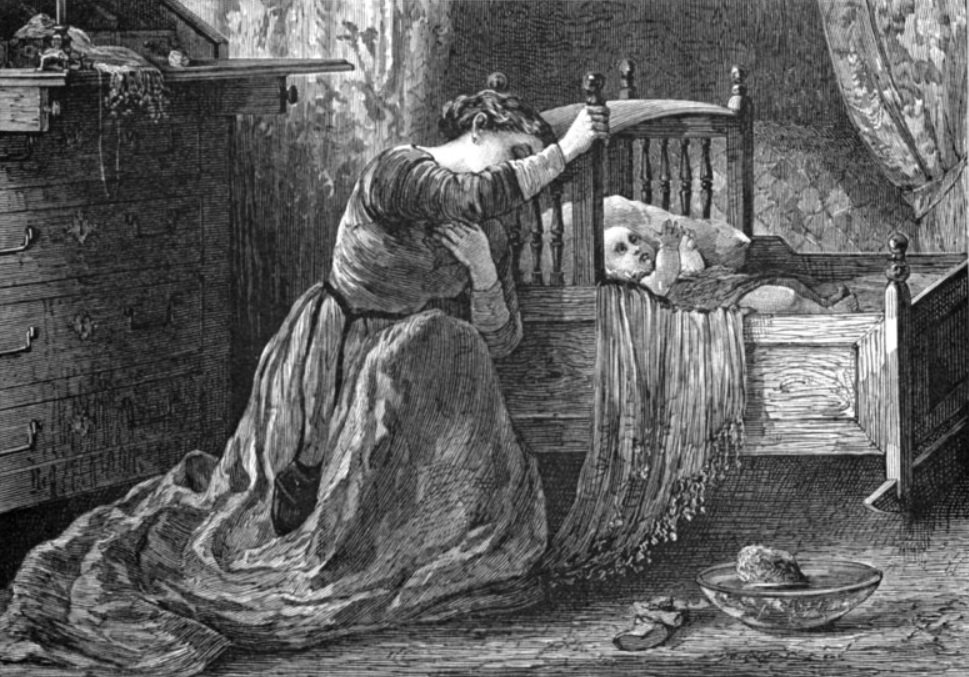Your cart is currently empty!
Nathaniel Hawthorne’s The Scarlet Letter tells the story of Hester Prynne, a woman condemned to wear a scarlet “A” after bearing a child out of wedlock in Puritan New England. Her struggle with shame, judgment, and resilience reveals timeless themes of sin, guilt, and redemption. This literature guide includes activities such as character analysis, theme exploration, symbolism interpretation, and close reading exercises. Students will also practice critical writing and discussion skills. Suitable for grades 9–12, this guide supports deeper engagement with a classic American novel.

| Title: | The Scarlet Letter |
| Author: | Nathaniel Hawthorne |
| Year Published: | 1850 |
| Suitable Grade Level: | Grades 9–12 |
| Key Themes: | – Sin, Guilt, and Redemption: The consequences of moral transgressions. – Identity and Society: Individuality versus rigid community norms. – Hypocrisy and Judgment: Hidden sins of authority contrasted with public shame. – Isolation and Resilience: Hester’s strength and endurance amid alienation. – Nature of Evil: Exploration of revenge and inner corruption. |
| Literary Elements: | – Symbolism: The scarlet “A,” Pearl, and the scaffold. – Allegory: A moral lesson about sin and redemption. – Setting: Puritan New England as a moral and social backdrop. – Characterization: Hester’s complexity and Dimmesdale’s internal conflict. – Motifs: Light vs. darkness; nature reflecting truth. |
| Rhetorical Devices: | – Irony: Public judgment contrasted with hidden guilt. – Imagery: Vivid descriptions of the forest, prison, and scaffold. – Metaphor: The scarlet letter as a symbol of sin and identity. – Allusion: Biblical and historical references. – Paradox: Society’s moral guardians committing hidden sins. |
| Curriculum Connections: | – English Language Arts: Analysis of symbolism, allegory, and character development. – American Literature: Understanding 19th-century Romanticism and Puritan influence. – History/Social Studies: Exploration of Puritan society, religious intolerance, and moral codes. – Critical Thinking/Writing: Argumentative essays on sin, justice, and morality. – Discussion Skills: Debates on personal freedom versus societal control. |

